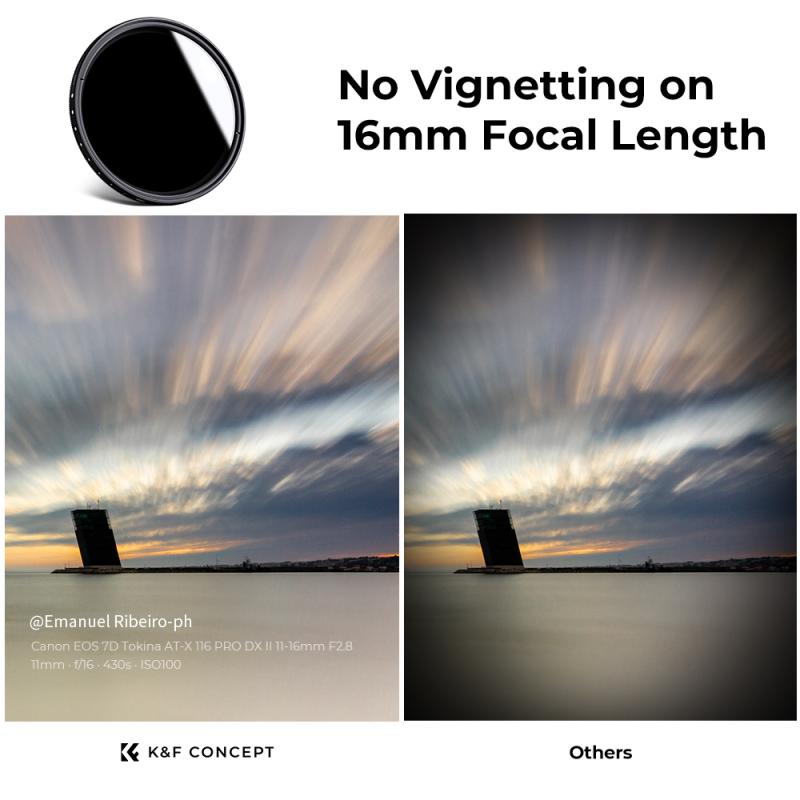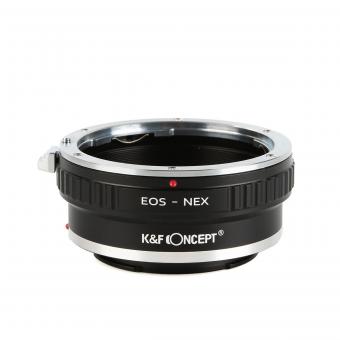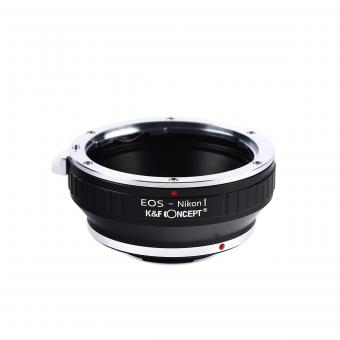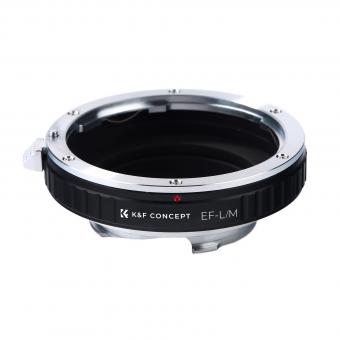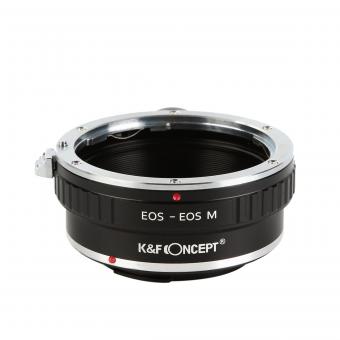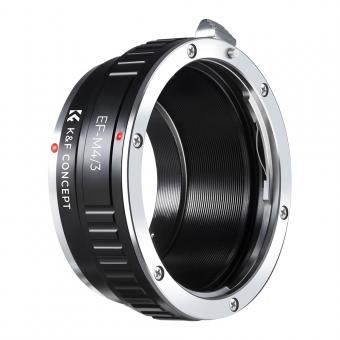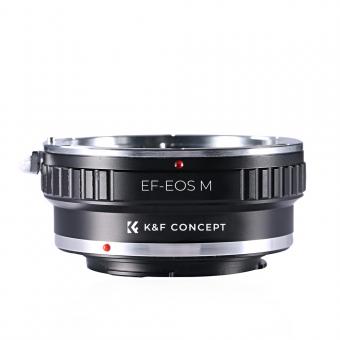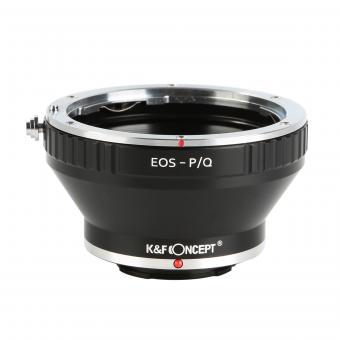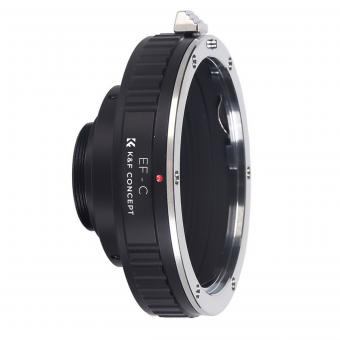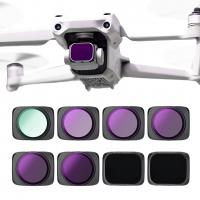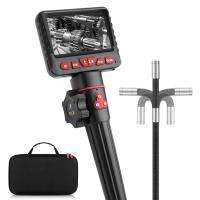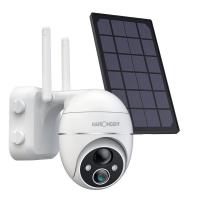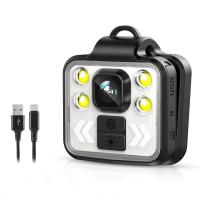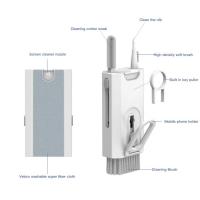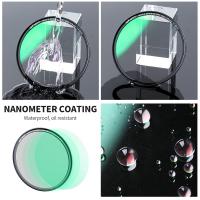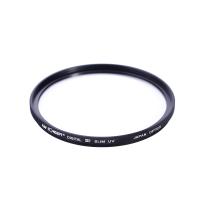Can You Put Filters Into An Stm Lens ?
No, you cannot directly put filters into an STM lens. However, you can attach filters to the front of the lens using a filter holder or adapter.
1、 "Types of Filters Compatible with STM Lenses"
Yes, you can put filters into STM lenses. STM (Stepping Motor) lenses are a type of autofocus lens that uses a stepping motor for smooth and quiet focusing. These lenses are commonly used in Canon cameras and are known for their fast and accurate autofocus performance, making them popular among photographers and videographers.
STM lenses typically have a filter thread on the front of the lens barrel, allowing you to attach various types of filters. The most common type of filter used with STM lenses is the circular screw-on filter. These filters come in different sizes to fit different lens diameters and can be easily screwed onto the front of the lens.
There are several types of filters compatible with STM lenses, including UV filters, polarizing filters, neutral density (ND) filters, and graduated filters. UV filters are primarily used to protect the front element of the lens from scratches, dust, and moisture. Polarizing filters help reduce glare and improve color saturation, especially when shooting outdoors. ND filters are used to reduce the amount of light entering the lens, allowing for longer exposures or wider apertures in bright conditions. Graduated filters are often used in landscape photography to balance the exposure between the sky and the foreground.
It's worth noting that some STM lenses have a non-rotating front element, which means that filters can be easily adjusted without affecting the autofocus or image stabilization. However, there are also STM lenses with a rotating front element, which may require readjustment of the filter after focusing.
In conclusion, STM lenses are compatible with various types of filters, allowing photographers and videographers to enhance their creativity and achieve desired effects in their images and videos.
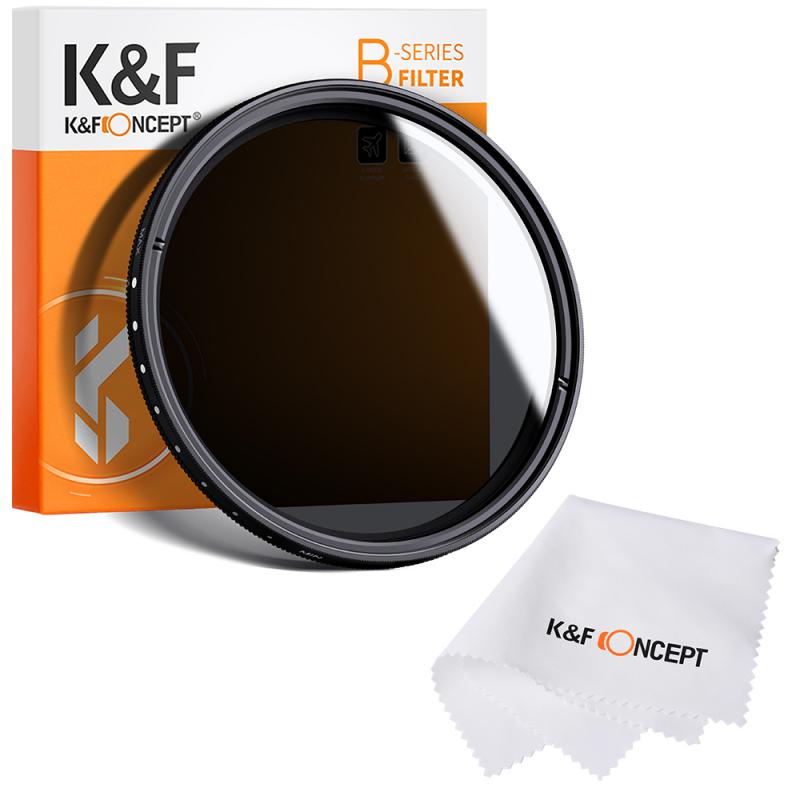
2、 "Recommended Filter Sizes for STM Lenses"
Yes, you can put filters into STM lenses. STM (Stepping Motor) lenses are a type of autofocus lens that use a stepping motor for smooth and quiet focusing. These lenses have a filter thread on the front, allowing you to attach various filters such as UV filters, polarizing filters, and neutral density filters.
The recommended filter size for STM lenses can vary depending on the specific lens model. Canon, for example, provides information on the recommended filter size for each of their STM lenses in the lens specifications. This information can be found in the lens manual or on the Canon website.
It is important to note that the recommended filter size is not the same for all STM lenses. Each lens has its own specific filter thread size, which is usually indicated in millimeters (mm). Common filter thread sizes for STM lenses range from 52mm to 77mm, but there may be variations depending on the lens model.
When choosing a filter for your STM lens, it is essential to ensure that the filter size matches the lens's filter thread size. Using a filter with the wrong size can result in vignetting or other issues. Additionally, it is recommended to invest in high-quality filters to maintain image quality and avoid any potential degradation.
As for the latest point of view, there have been no significant changes in the use of filters with STM lenses. The ability to attach filters to STM lenses remains a standard feature, allowing photographers to enhance their images and achieve desired effects.
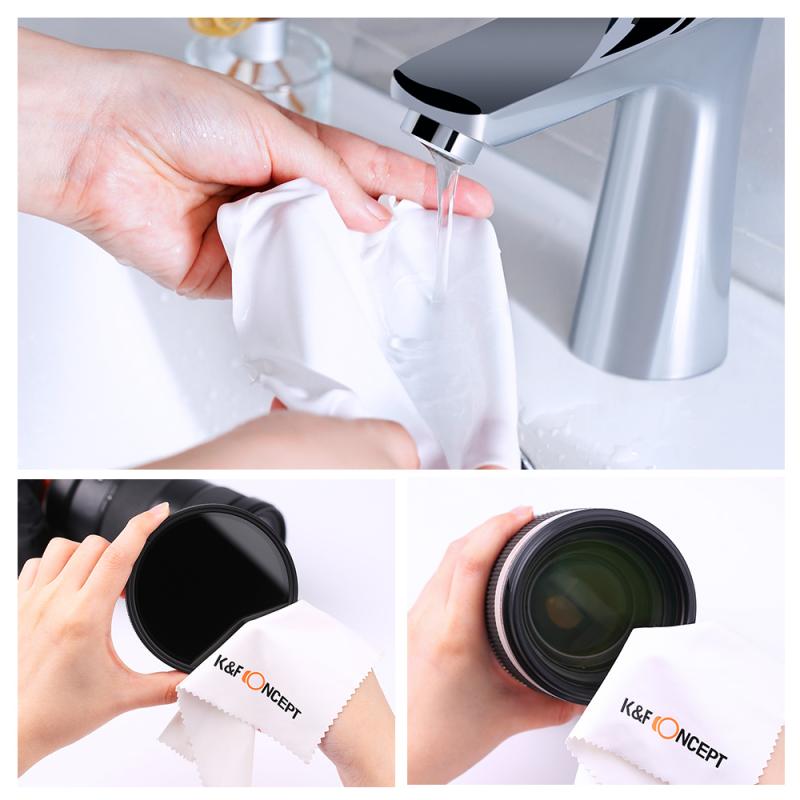
3、 "Using Polarizing Filters with STM Lenses"
Yes, you can put filters into an STM lens, including polarizing filters. STM (Stepping Motor) lenses are commonly used in modern camera systems, particularly in mirrorless cameras, due to their quiet and smooth autofocus operation. These lenses are designed to be compact and lightweight, making them ideal for travel and everyday photography.
When it comes to using filters with STM lenses, including polarizing filters, there are a few things to consider. First, you need to ensure that the filter size matches the diameter of the lens. Most lenses have a filter thread on the front where you can screw in filters of the appropriate size.
Polarizing filters are particularly useful for landscape and outdoor photography as they help reduce glare and reflections, enhance color saturation, and improve overall image quality. They work by selectively blocking certain polarized light waves, allowing you to control the amount of light that enters the lens.
It's worth noting that some STM lenses have a rotating front element during autofocus operation. This can pose a challenge when using a polarizing filter as it may rotate the filter and change the polarization effect. However, many modern STM lenses have a non-rotating front element, which makes it easier to use polarizing filters without any issues.
In conclusion, yes, you can use filters, including polarizing filters, with STM lenses. Just make sure to choose the correct filter size and be aware of any potential rotation of the front element during autofocus operation.
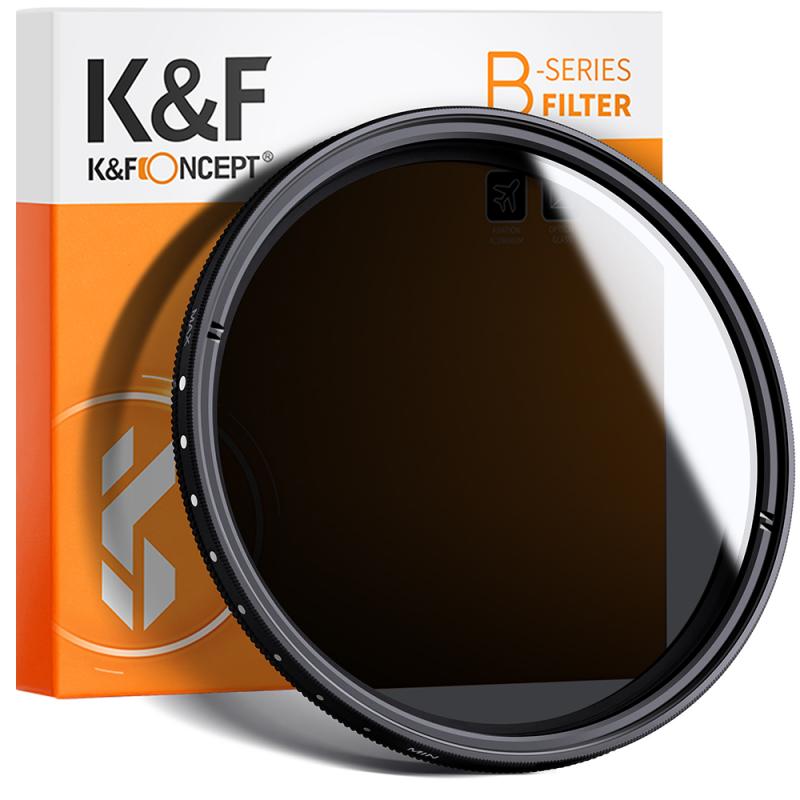
4、 "Neutral Density Filters and STM Lenses"
Yes, it is possible to use filters with STM (Stepping Motor) lenses, including Neutral Density (ND) filters. STM lenses have a filter thread on the front of the lens, allowing users to attach various filters for different purposes.
Neutral Density filters are commonly used in photography to reduce the amount of light entering the lens without affecting the color or contrast of the image. They are particularly useful in situations where a slower shutter speed is desired, such as when capturing motion blur in waterfalls or creating long exposure shots in bright daylight.
When using ND filters with STM lenses, it is important to consider the filter size that matches the lens diameter. Most STM lenses have a filter thread size specified in millimeters, such as 52mm, 58mm, or 67mm. To attach an ND filter, simply screw it onto the front of the lens using the corresponding filter thread size.
It is worth noting that some STM lenses have a rotating front element during focusing, which may cause the filter to rotate as well. This can be problematic when using filters that require a specific orientation, such as circular polarizers. To overcome this issue, one can use a filter holder system that allows for independent rotation of the filter, or simply adjust the filter orientation after focusing.
In recent years, there have been advancements in filter technology, including the introduction of variable ND filters. These filters allow for adjustable light reduction by rotating the filter ring, providing greater flexibility in controlling exposure. Variable ND filters can also be used with STM lenses, offering photographers more options in achieving their desired creative effects.
In conclusion, STM lenses can indeed accommodate filters, including Neutral Density filters. With the appropriate filter size and consideration for any rotating front elements, photographers can enhance their creativity and achieve desired exposure effects when using STM lenses.
